Introduction to Morel Mushroom Cultivation
Morel mushrooms (Morchella species) are among the most prized edible fungi in the culinary world, commanding premium prices and inspiring passionate devotion among chefs and food enthusiasts. Their distinctive honeycomb-patterned caps, rich earthy flavor, and limited seasonal availability in the wild have created significant interest in cultivation methods. However, raising morel mushrooms presents unique challenges that have historically made them one of the most difficult fungi to cultivate reliably.
Unlike more commonly cultivated mushrooms such as button, oyster, or shiitake varieties, morels have a complex life cycle and specific growing requirements that have made commercial cultivation elusive for decades. The good news is that recent advances in understanding morel biology and cultivation techniques have made it increasingly possible for dedicated growers to achieve success, though the process still requires patience, attention to detail, and realistic expectations.
This comprehensive guide explores the world of raising morel mushrooms, covering everything from understanding their biological needs to implementing various cultivation methods, troubleshooting common problems, and eventually harvesting your own homegrown morels. Whether you're a hobbyist looking to experiment with growing these elusive fungi or someone interested in potential commercial production, this information will help you navigate the fascinating and challenging journey of morel cultivation.
Understanding Morel Mushroom Biology
The Morel Life Cycle
To successfully raise morel mushrooms, it's essential to understand their unique life cycle:
- Spore stage: Microscopic spores are released from mature morel caps
- Primary mycelium: Spores germinate to form the initial thread-like growth
- Mycelial mating: Different mycelial strains must combine to form reproductive mycelium
- Secondary mycelium: Fully reproductive fungal network develops
- Sclerotia formation: Hardened mycelial masses form to store nutrients
- Fruiting body development: Under specific environmental triggers, sclerotia produce the mushrooms we recognize as morels
This complex multi-stage process helps explain why morels cannot simply be "planted" like conventional crops.
Natural Growing Conditions
Wild morels typically appear under these conditions:
- Seasonal timing: Spring emergence when soil temperatures reach 45-55°F (7-13°C)
- Soil characteristics: Well-draining, slightly alkaline soils with good organic content
- Tree associations: Often found near specific trees, particularly ash, elm, apple, and certain conifers
- Disturbance patterns: Frequently appear in disturbed areas, including burn sites and dying tree locations
- Light conditions: Filtered sunlight, often before tree canopies leaf out fully
Understanding these natural parameters helps inform cultivation strategies.
Morel Species for Cultivation
Some morel species are better suited for cultivation attempts:
- Morchella importuna: The most commonly cultivated species in commercial operations, particularly in China
- Morchella rufobrunnea: Often called the "landscape morel," this opportunistic species adapts well to cultivation
- Morchella esculenta complex: Yellow morels that have shown some success in outdoor cultivation
- Morchella americana: A North American yellow morel sometimes used in cultivation attempts
Different species may require slightly different growing conditions and techniques.

Cultivation Methods Compared
Outdoor Bed Method
Creating dedicated growing areas outdoors:
- Site selection: Choose a partially shaded location with good drainage
- Soil preparation: Create a mixture of garden soil, sand, and organic material
- Wood ash addition: Incorporate wood ash to increase alkalinity
- Spawn introduction: Add morel spawn or spore slurry to the prepared area
- Maintenance: Keep soil moist but not waterlogged
This method attempts to recreate natural growing conditions while concentrating morel mycelium in a specific area.
Tree Association Method
Working with morels' natural affinities:
- Tree selection: Plant or utilize appropriate tree species (elm, ash, apple)
- Root zone inoculation: Introduce morel spawn around tree bases
- Soil enhancement: Add wood ash and calcium sources
- Disturbance technique: Mimic natural disturbances that trigger fruiting
- Long-term approach: Establish an ongoing habitat rather than a one-time growing bed
This approach leverages morels' complex relationships with trees and often requires several years before results appear.
Indoor Cultivation Attempts
Laboratory and controlled environment approaches:
- Sterile technique: Working with pure cultures under sterile conditions
- Substrate formulation: Creating specialized growing mediums
- Temperature management: Precise control of growing temperatures
- Humidity regulation: Maintaining optimal moisture conditions
- Light cycle manipulation: Controlling day length and light intensity
While challenging for home growers, indoor methods have seen some commercial success, particularly in China and with research projects like the Danish Morel Project.
Chinese Commercial Method
The most successful large-scale approach to date:
- Nutrient bag system: Uses exogenous nutrient bags placed in prepared soil
- Field preparation: Carefully prepared growing beds with specific soil composition
- Seasonal approach: Typically planted in fall for spring harvest
- Climate considerations: Requires specific temperature and humidity patterns
- Protective structures: Often uses simple shade structures or more sophisticated greenhouses
This method has expanded rapidly in China but requires significant expertise and investment.
Getting Started: Basic Requirements
Essential Supplies and Equipment
For beginning morel cultivation:
- Morel spawn: Purchased from reputable suppliers or created from spore prints
- Growing medium: Soil, wood chips, compost, or specialized substrate
- Basic tools: Trowel, watering can, spray bottle, thermometer
- pH testing kit: To monitor soil acidity/alkalinity
- Record-keeping system: Notebook or digital method to track progress and conditions
- Patience: Perhaps the most essential requirement of all
Starting with quality supplies increases your chances of success.
Sourcing Morel Spawn
Options for obtaining starter material:
- Commercial suppliers: Purchase spawn from established mushroom supply companies
- Spore slurry creation: Make your own starter from fresh morels
- Tissue culture: For those with laboratory equipment and sterile technique skills
- Existing morel patches: Transplant soil and mycelium from productive areas
- Spawn plugs: Wooden dowels inoculated with morel mycelium
Quality spawn is fundamental to successful cultivation.
Site Selection for Outdoor Growing
Choosing the optimal location:
- Light exposure: Areas with dappled or partial shade
- Soil quality: Well-draining locations with good organic content
- Tree proximity: Near appropriate tree species if using the association method
- Water access: Convenient location for regular monitoring and watering
- Protection: Areas safe from excessive foot traffic or disruption
The right location significantly impacts cultivation success.
Step-by-Step Cultivation Techniques
Spore Slurry Method
Creating and using a basic morel starter:
- Material collection: Obtain fresh, mature morel mushrooms
- Slurry preparation: Soak mushrooms in non-chlorinated water with a small amount of salt and molasses
- Straining: Remove mushroom pieces while retaining the spore-rich liquid
- Site preparation: Clear and prepare the growing area with appropriate soil
- Application: Pour slurry over prepared soil in spring or fall
- Maintenance: Keep area moist and protected from disturbance
This beginner-friendly method mimics natural spore dispersal in a more concentrated form.
Outdoor Bed Cultivation
Establishing a dedicated morel growing area:
- Bed construction: Create a raised or defined growing area
- Soil mixture: Combine garden soil, sand, wood chips, and compost
- pH adjustment: Add wood ash or lime to achieve slightly alkaline conditions
- Spawn introduction: Incorporate morel spawn throughout the growing medium
- Covering layer: Add a thin layer of mulch or straw for moisture retention
- Watering regime: Maintain consistent moisture without waterlogging
- Patience: Allow 1-5 years for potential fruiting
Success with this method often depends on recreating specific soil conditions morels prefer.
Indoor Growing Techniques
For those with more advanced equipment:
- Culture establishment: Grow morel mycelium on nutrient agar
- Grain spawn preparation: Expand mycelium onto sterilized grain
- Substrate formulation: Create specialized growing medium with soil and nutritional components
- Container selection: Use appropriate vessels for different growing phases
- Environmental control: Maintain precise temperature, humidity, and light conditions
- Sclerotia development: Encourage formation of nutrient-storing structures
- Fruiting induction: Apply environmental triggers to stimulate mushroom formation
Indoor cultivation requires more technical knowledge but offers greater control over conditions.
Tree Association Planting
Working with morels' natural companions:
- Tree identification: Select appropriate species known to associate with morels
- Root zone preparation: Clear area around tree and loosen soil
- Inoculation: Introduce spawn or slurry to the soil around tree roots
- Soil amendment: Add wood ash, calcium sources, and organic matter
- Protection: Apply light mulch to retain moisture and protect mycelium
- Monitoring: Check site regularly for evidence of mycelial growth
- Long-term care: Maintain moisture and replenish organic matter annually
This method can be particularly successful around dying elms or aging apple trees.
Maintaining Optimal Growing Conditions
Soil Requirements
Creating the ideal growing medium:
- Texture: Loamy soil with good drainage yet moisture retention
- Organic content: Rich in decomposing wood and plant material
- pH level: Slightly alkaline (6.8-7.5) for most species
- Mineral content: Adequate calcium and other minerals
- Depth: At least 6 inches of prepared soil
Soil composition significantly impacts morel growth success.
Moisture Management
Balancing critical water needs:
- Consistent moisture: Maintain even moisture without saturation
- Watering technique: Gentle watering to avoid disturbing mycelium
- Mulching benefits: Use light mulch to retain soil moisture
- Seasonal adjustments: Increase watering during dry periods
- Morning watering: Water early in the day to reduce evaporation
Moisture is perhaps the most critical factor in successful morel cultivation.
Temperature Considerations
Managing thermal conditions:
- Mycelial growth range: 60-70°F (15-21°C) for optimal mycelium development
- Fruiting triggers: Temperature fluctuations and soil warming to 45-55°F (7-13°C)
- Cold requirement: Many morels need a winter chill period before fruiting
- Protection from extremes: Shield growing areas from severe temperature swings
- Monitoring importance: Use soil thermometers to track temperature patterns
Understanding temperature requirements helps time cultivation activities appropriately.
Light and Shade Requirements
Managing illumination for optimal growth:
- Filtered sunlight: Dappled light rather than full sun or deep shade
- Seasonal changes: Spring light conditions before tree canopy leafs out
- Artificial lighting: For indoor cultivation, use full-spectrum lighting
- Duration control: 12-14 hours of light during growing phases
- Shade cloth usage: Protect outdoor beds from excessive sun exposure
Proper light management creates conditions that mimic morels' natural habitat.
Troubleshooting Common Challenges
No Fruiting Despite Mycelial Growth
When mycelium grows but doesn't produce mushrooms:
- Patience reminder: Many projects require 2-5 years before first mushrooms appear
- Environmental triggers: Consider applying temperature fluctuations or watering changes
- Nutritional assessment: Add supplemental nutrients if the substrate may be depleted
- Sclerotia check: Look for evidence of sclerotia formation in the growing medium
- Species compatibility: Ensure the morel species matches your climate and conditions
Morels often require specific environmental cues to initiate fruiting.
Contamination Issues
Addressing unwanted organisms:
- Mold identification: Learn to distinguish harmful contaminants
- Competing fungi: Watch for and remove other mushroom species
- Bacteria control: Maintain proper moisture levels to discourage bacterial growth
- Pest management: Protect from insects and animals that may damage mycelium
- Remediation options: Isolate contaminated areas to protect the remainder
Contamination control is critical, especially for indoor cultivation attempts.
Weather-Related Problems
Adapting to climate challenges:
- Drought protection: Irrigation systems or additional watering during dry periods
- Excessive rain: Ensure adequate drainage in wet climates
- Temperature extremes: Use mulch and covers to moderate temperature swings
- Season modification: Adjust timing based on local climate patterns
- Protection structures: Consider simple hoop houses for weather management
Working with local climate patterns improves chances of success.
Harvesting and Using Your Morels
Identifying Harvest Readiness
Knowing when morels are ready to collect:
- Size indicators: Typically 2-4 inches tall for mature specimens
- Cap development: Fully formed honeycomb pattern with defined ridges and pits
- Color maturation: Deepening of color from light tan to darker brown
- Stem firmness: Solid, hollow stems that support the cap well
- Timing patterns: Often appearing after warm spring rains
Harvesting at peak maturity ensures the best flavor and texture.
Proper Harvesting Techniques
Methods that preserve both your harvest and future growth:
- Cutting vs. pulling: Cut stems at or slightly above ground level rather than pulling
- Clean tools: Use a sharp, clean knife or scissors
- Gentle handling: Avoid crushing or damaging the delicate honeycomb caps
- Collection containers: Use mesh bags or baskets to allow spore dispersal
- Site preservation: Minimize disturbance to the surrounding soil and mycelium
Proper harvesting helps maintain your morel patch for future seasons.
Cleaning and Preparation
Processing your homegrown morels:
- Field cleaning: Brush away major debris before bringing indoors
- Inspection technique: Check hollow interiors for insects and debris
- Water conservation: Use minimal water for cleaning to preserve flavor
- Saltwater soak option: Brief soaking in lightly salted water to remove insects
- Drying methods: Pat thoroughly dry before cooking or storage
Careful cleaning preserves the quality of your harvest.
Storage and Preservation
Extending the enjoyment of your morel harvest:
- Fresh storage: Keep unwashed morels in paper bags in the refrigerator for up to 1 week
- Drying: Dehydrate completely for long-term storage up to a year
- Freezing options: Sauté before freezing for best texture and flavor
- Pickling possibilities: Preserve in vinegar-based brines
- Powder creation: Grind dried morels into flavor-intense powder for cooking
Proper preservation allows you to enjoy your harvest long after the growing season.

Looking to the Future: Advanced Techniques
Strain Development and Selection
Improving your morel genetics:
- Isolating productive strains: Identifying and propagating particularly successful mycelium
- Regional adaptation: Selecting strains that perform well in your local climate
- Growth rate selection: Identifying faster-colonizing mycelium
- Yield improvement: Propagating from particularly productive specimens
- Flavor considerations: Selecting for preferred culinary characteristics
Just as gardeners select the best seeds, mushroom growers can improve their cultures over time.
Scaling Up Production
Moving beyond experimental growing:
- Area expansion: Gradually increasing the size of growing areas
- System refinement: Improving methods based on initial successes
- Workflow optimization: Developing efficient procedures for larger operations
- Record keeping importance: Documenting what works for replication
- Commercial considerations: Understanding market opportunities for homegrown morels
Successful small-scale production can potentially be expanded for greater yields.
Research and Community Participation
Contributing to collective knowledge:
- Joining forums: Connecting with other morel growers to share experiences
- Experimental documentation: Recording and sharing your results
- Collaboration opportunities: Working with local university extension programs
- Citizen science projects: Participating in broader research initiatives
- Local adaptation: Developing techniques specific to your regional conditions
The field of morel cultivation continues to advance through shared knowledge and experience.
Conclusion: The Rewarding Challenge of Morel Cultivation
Raising morel mushrooms represents one of mycology's most intriguing challenges. Unlike more straightforward mushroom varieties, morels demand patience, attention to detail, and a willingness to experiment with different techniques. The typical timeframe of 1-5 years before seeing results tests the dedication of even the most enthusiastic growers. However, for those who persist, the reward of harvesting your own homegrown morels can be deeply satisfying.
Whether you choose outdoor beds, tree association methods, or more advanced indoor techniques, approaching morel cultivation with realistic expectations and a spirit of experimentation will serve you well. Each attempt, successful or not, contributes to your understanding of these remarkable fungi and brings you closer to mastering their cultivation.
Remember that morel growing remains partly science and partly art—even commercial operations face challenges with consistency and yield. By starting small, documenting your process, and building on what works, you can join the growing community of morel cultivators pushing the boundaries of what's possible with these elusive and delicious mushrooms.

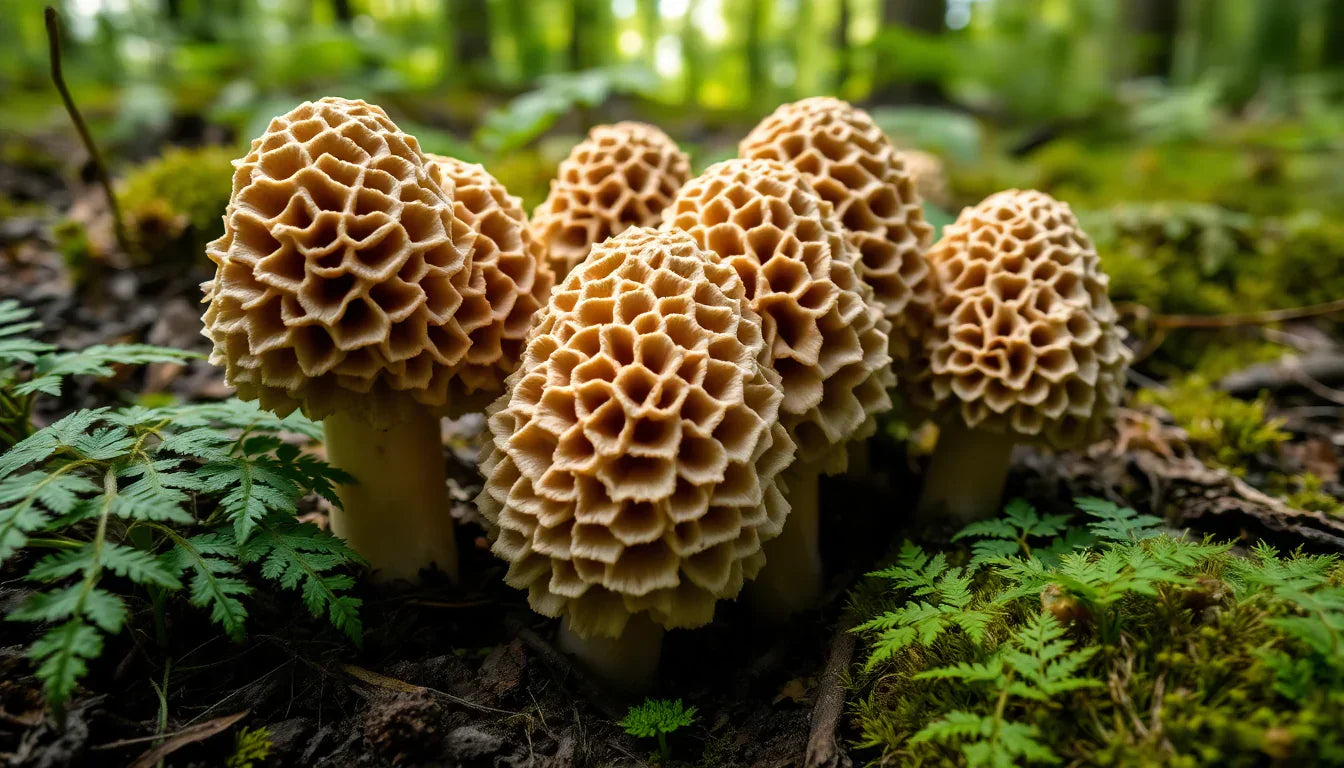
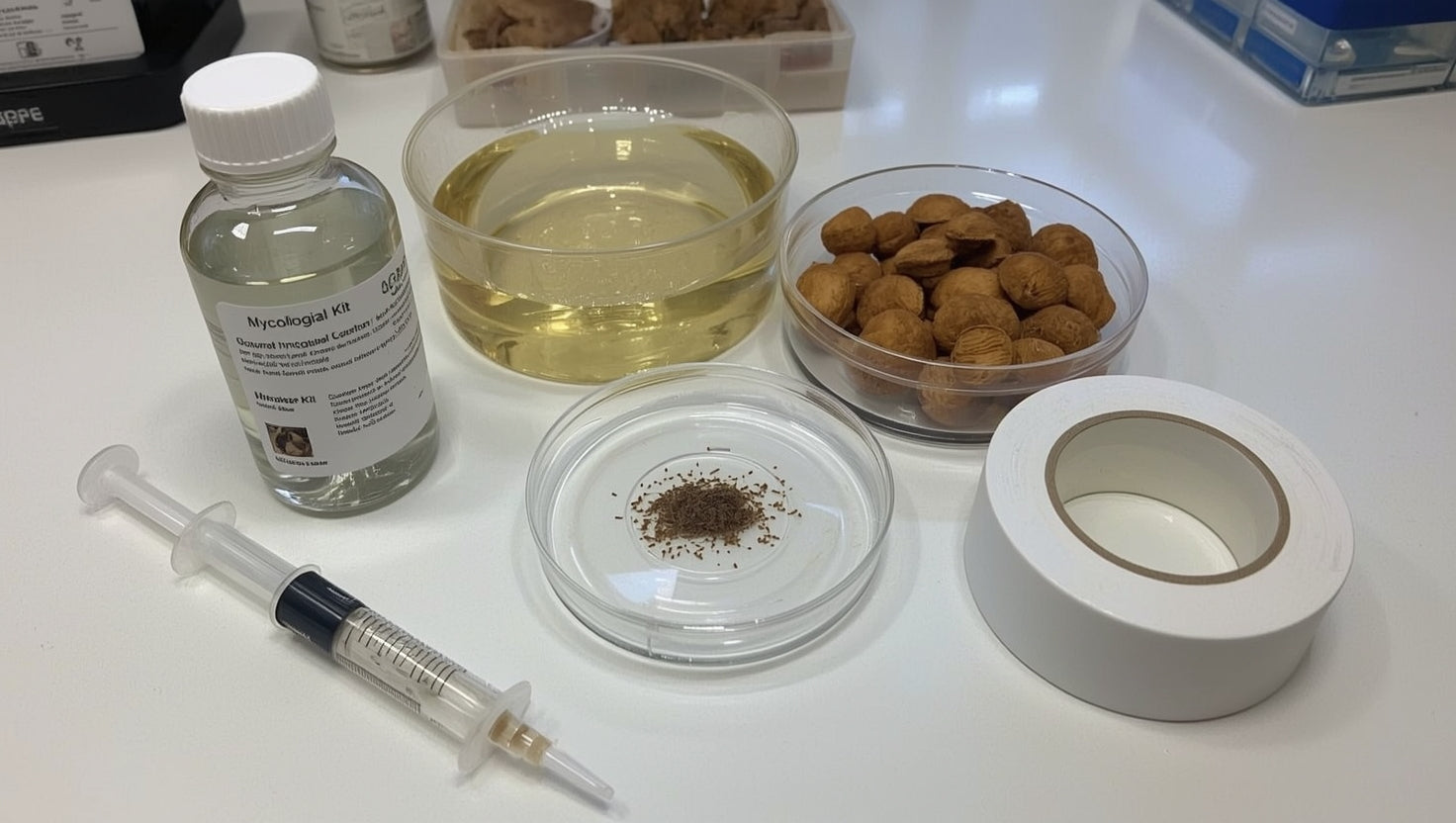
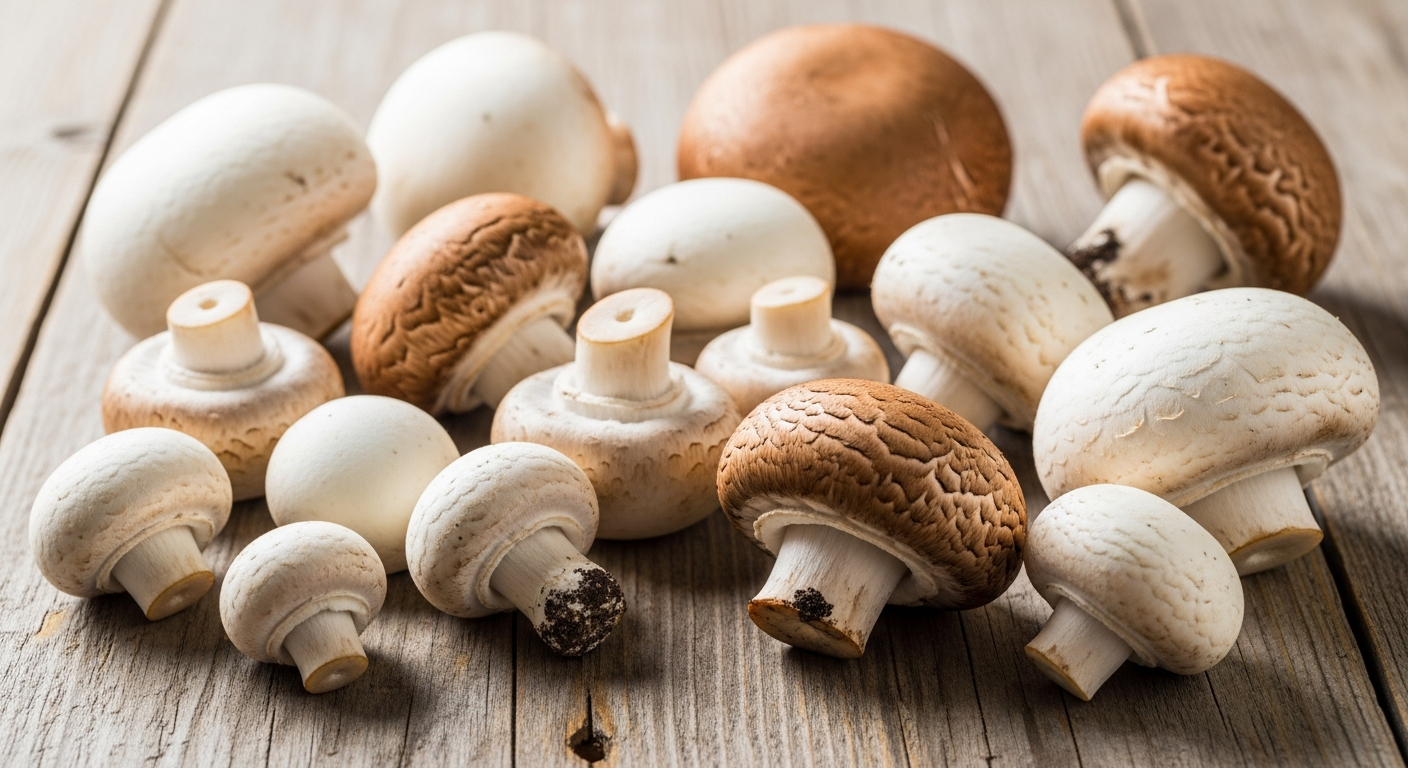
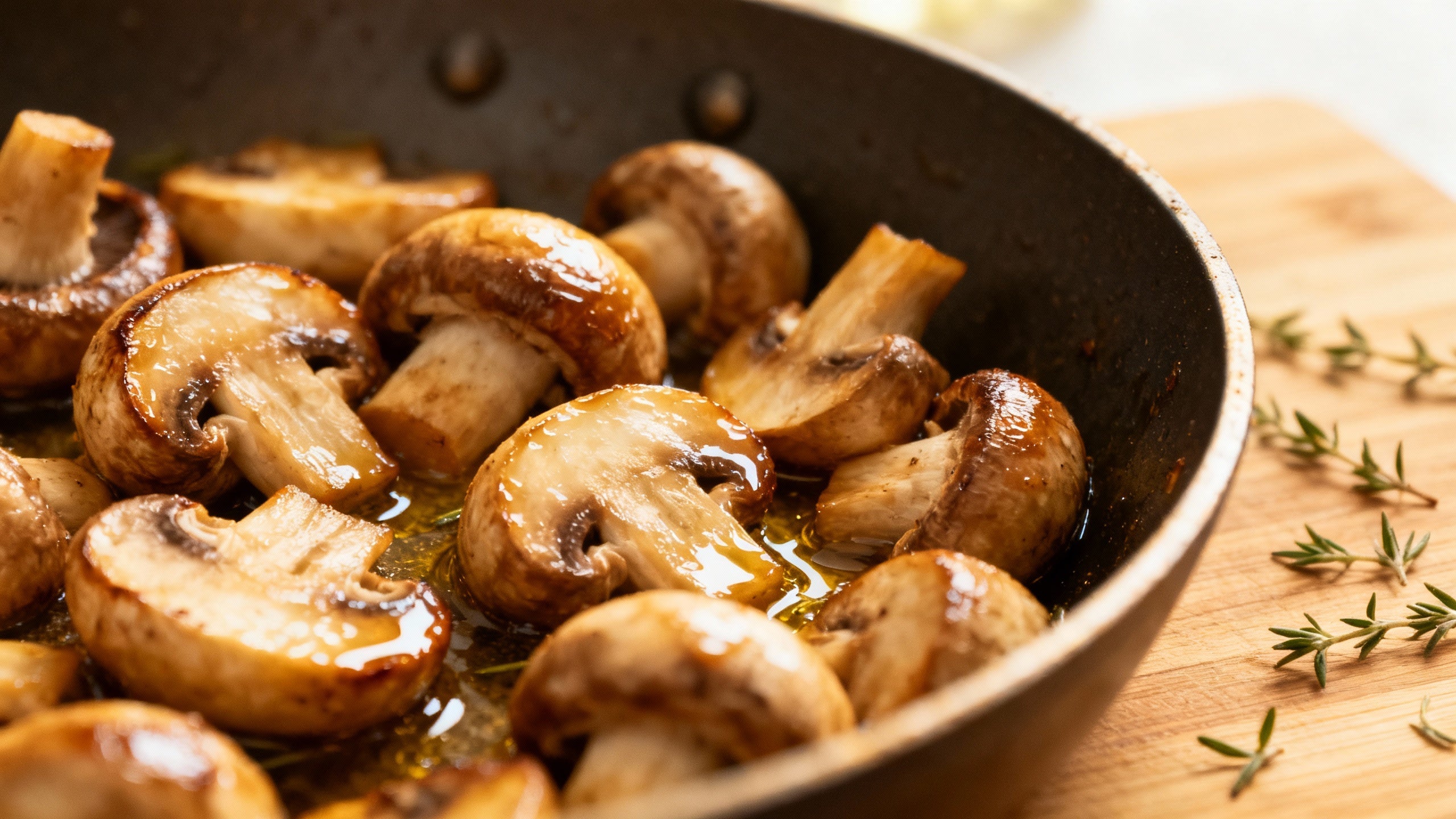
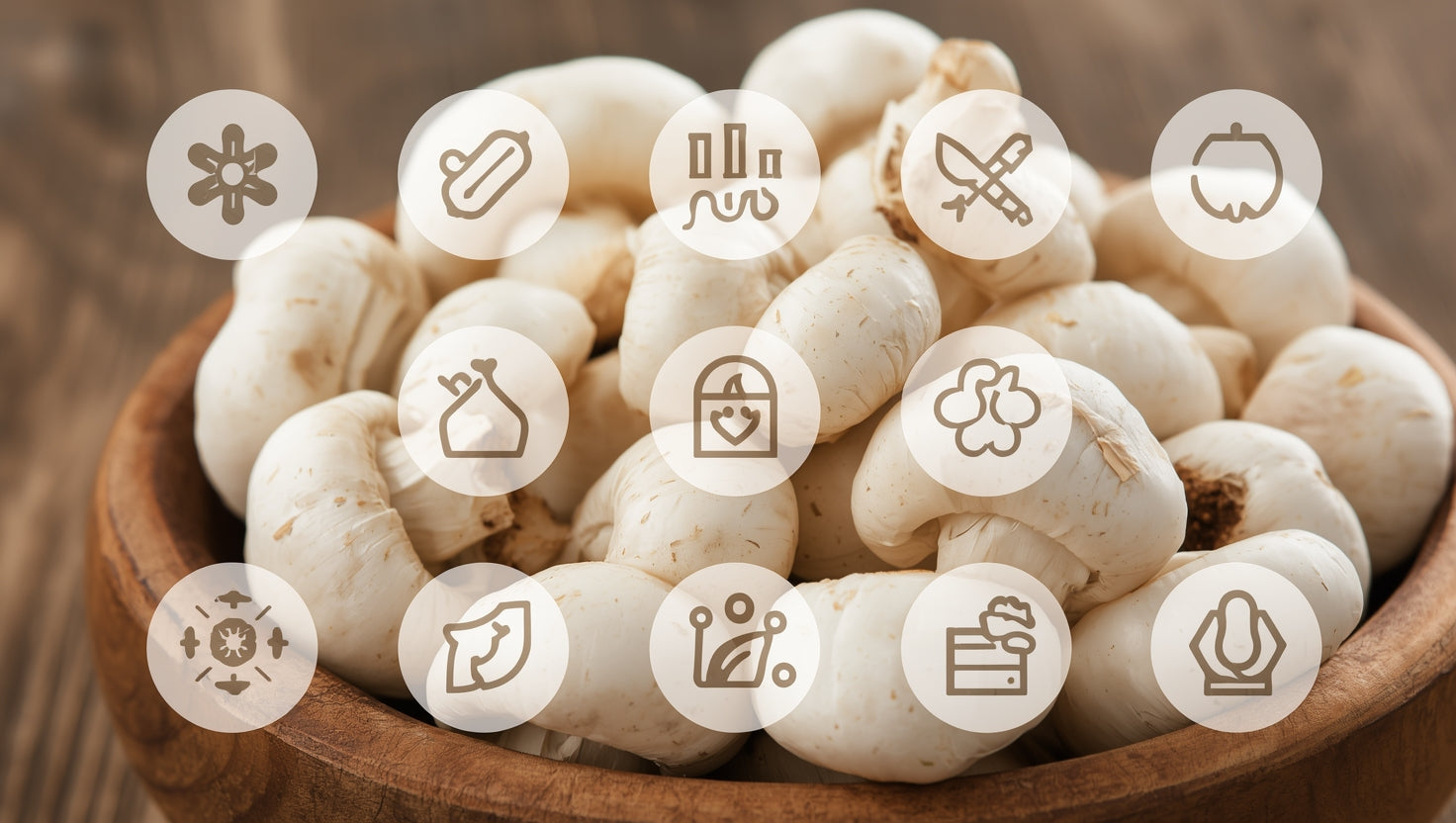
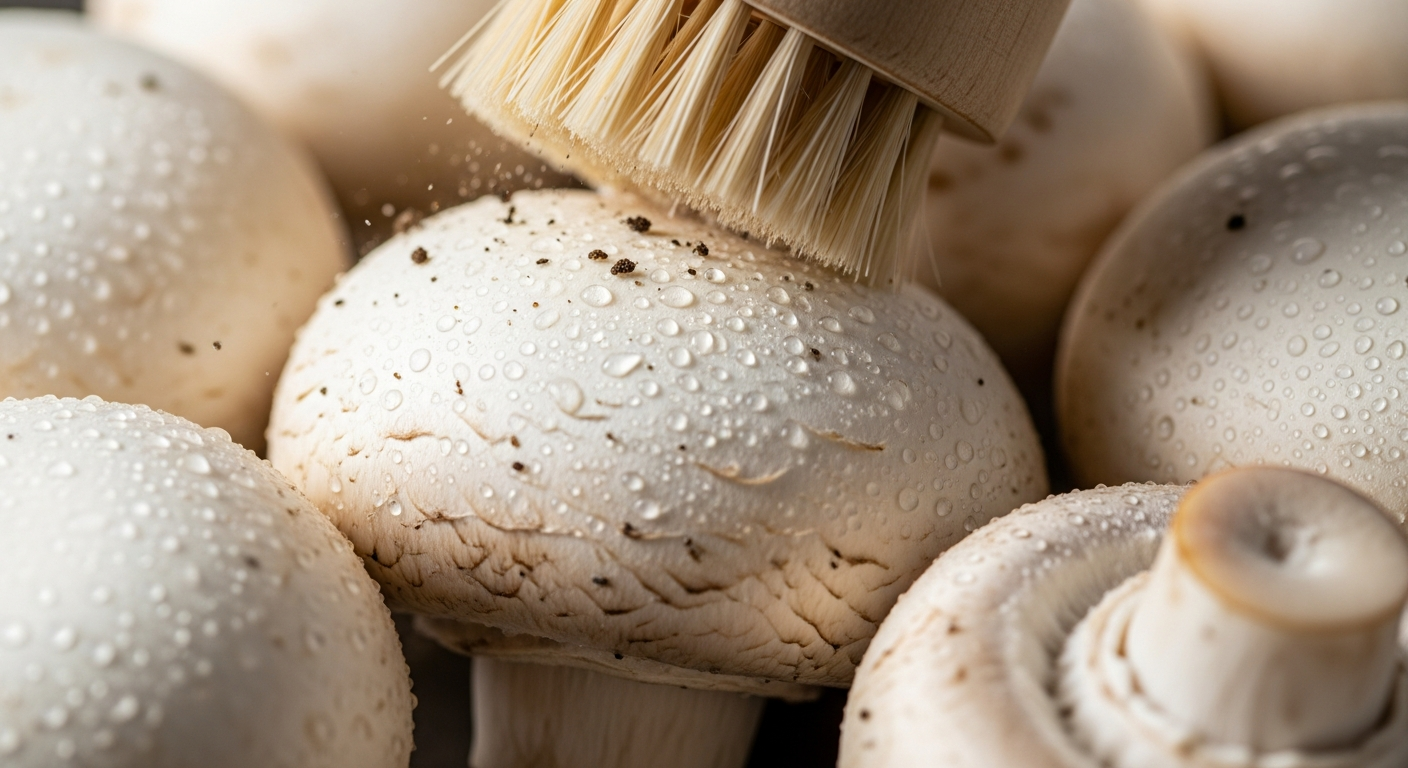
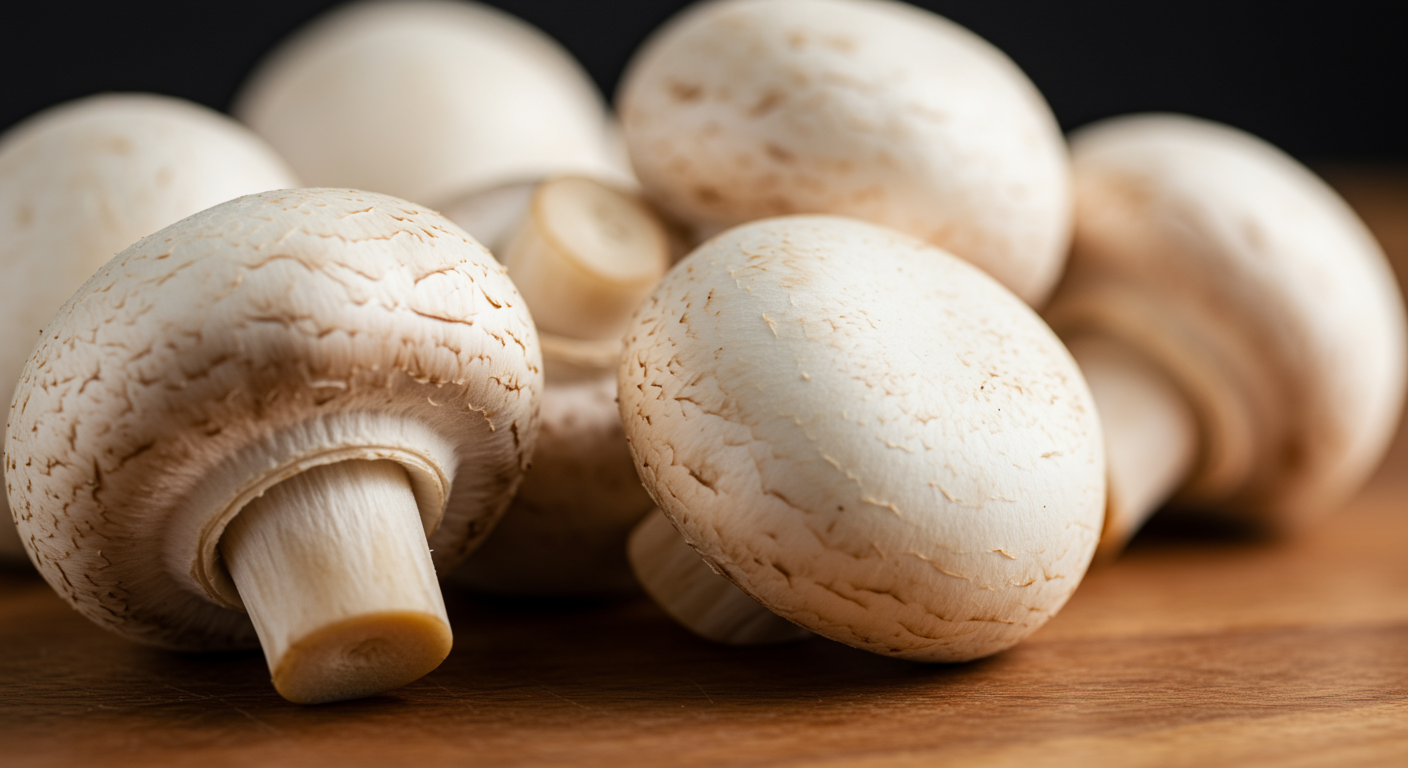

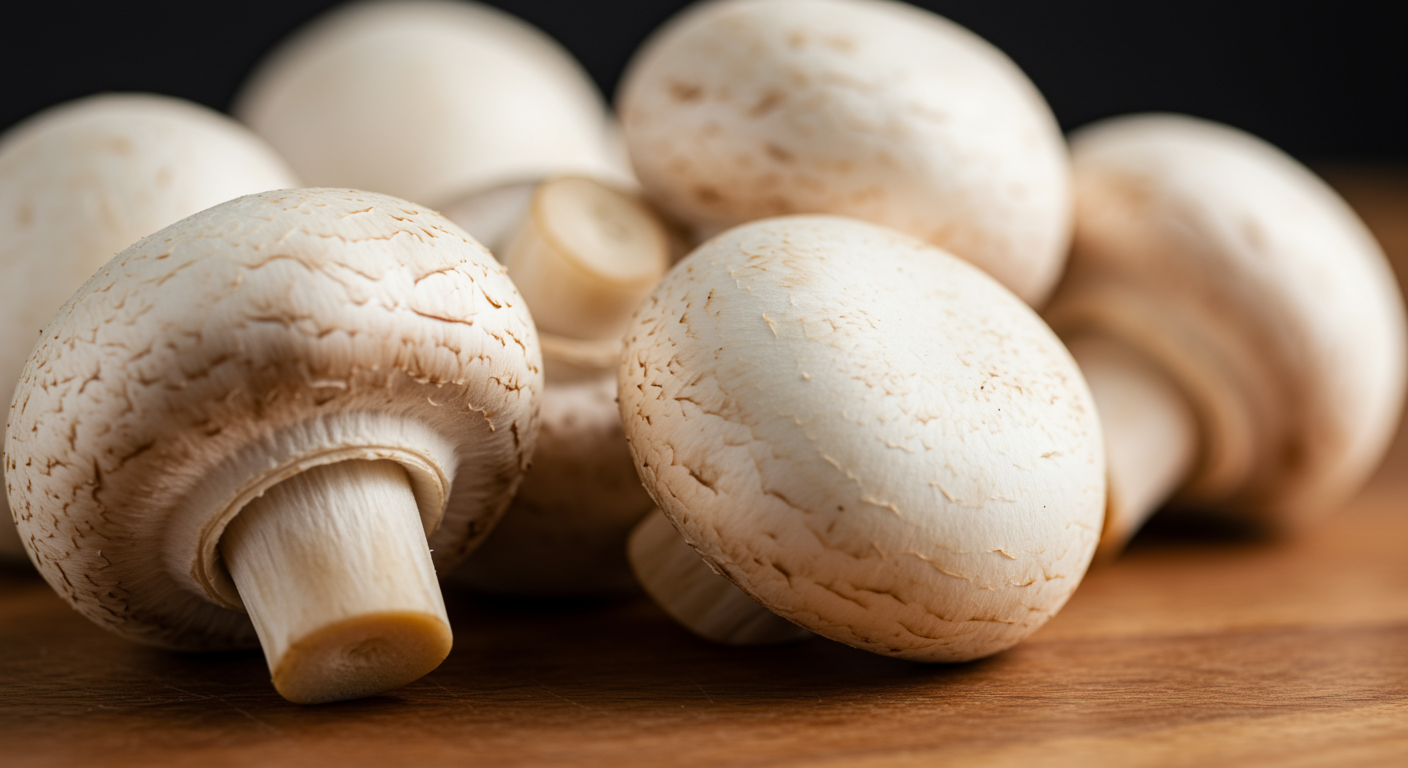
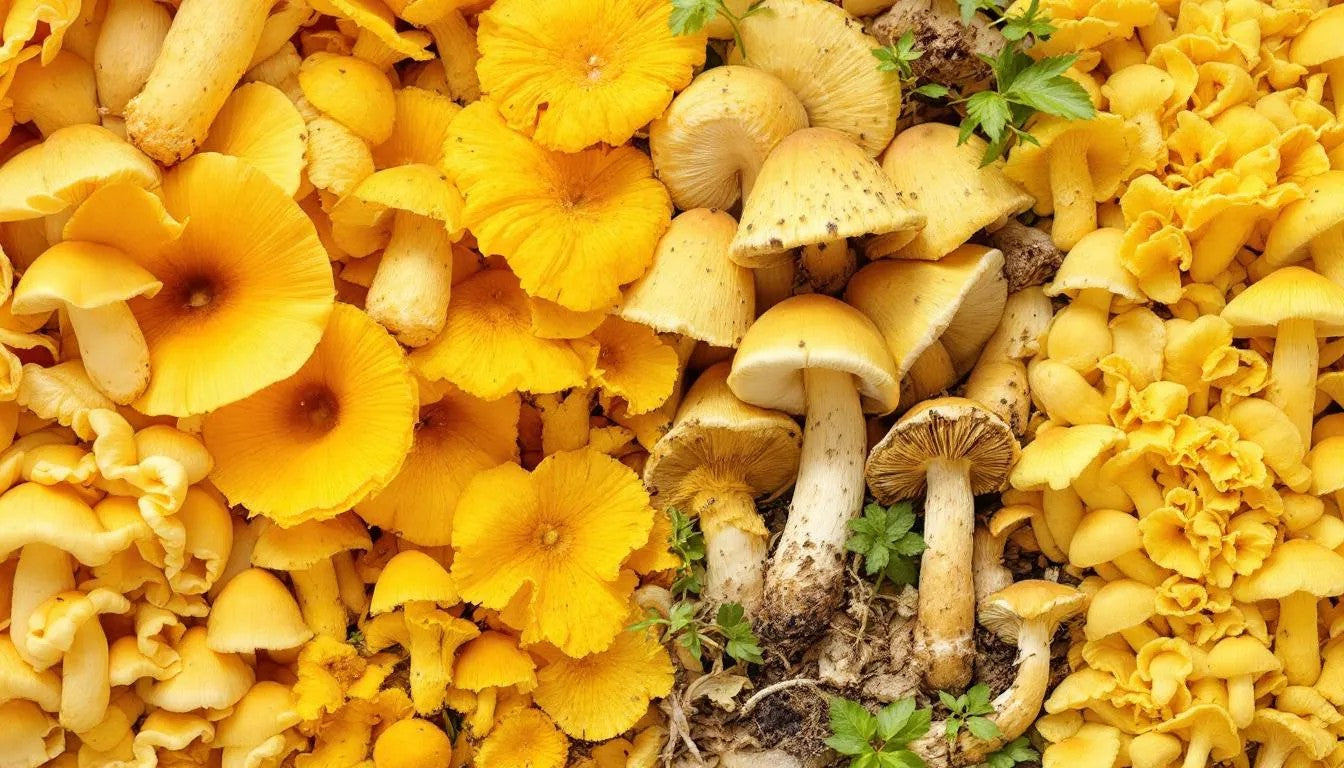
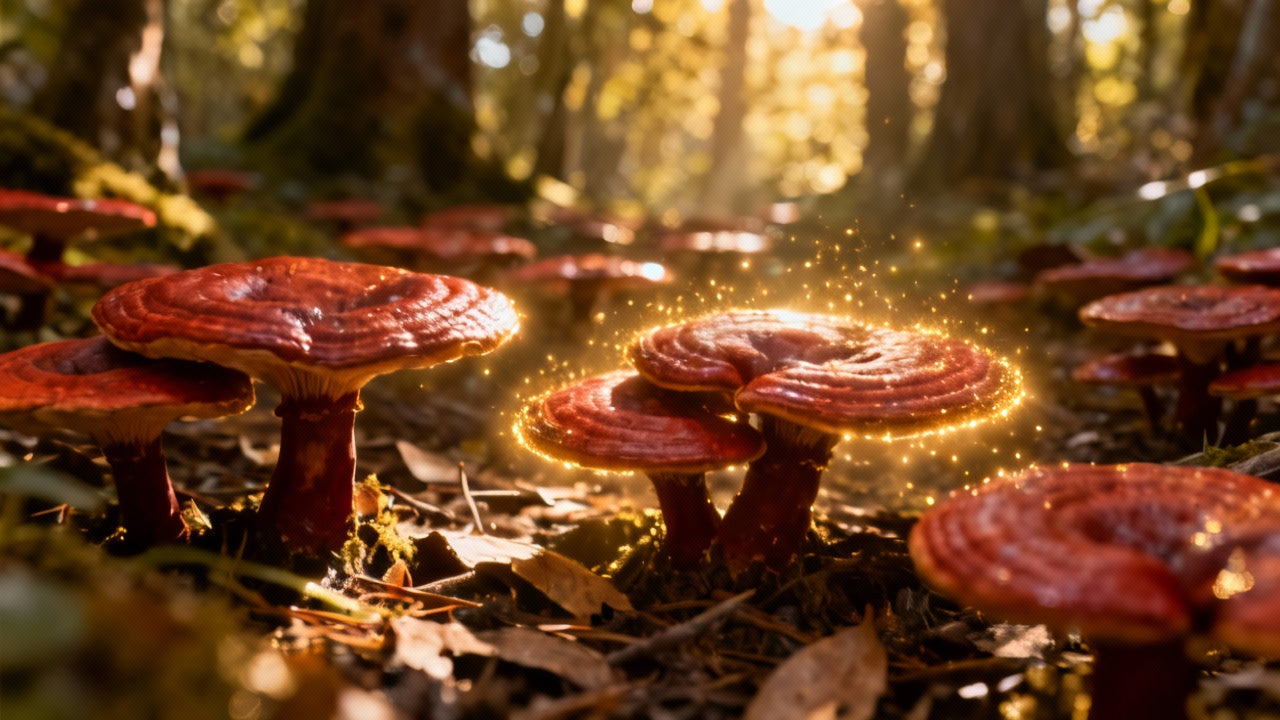
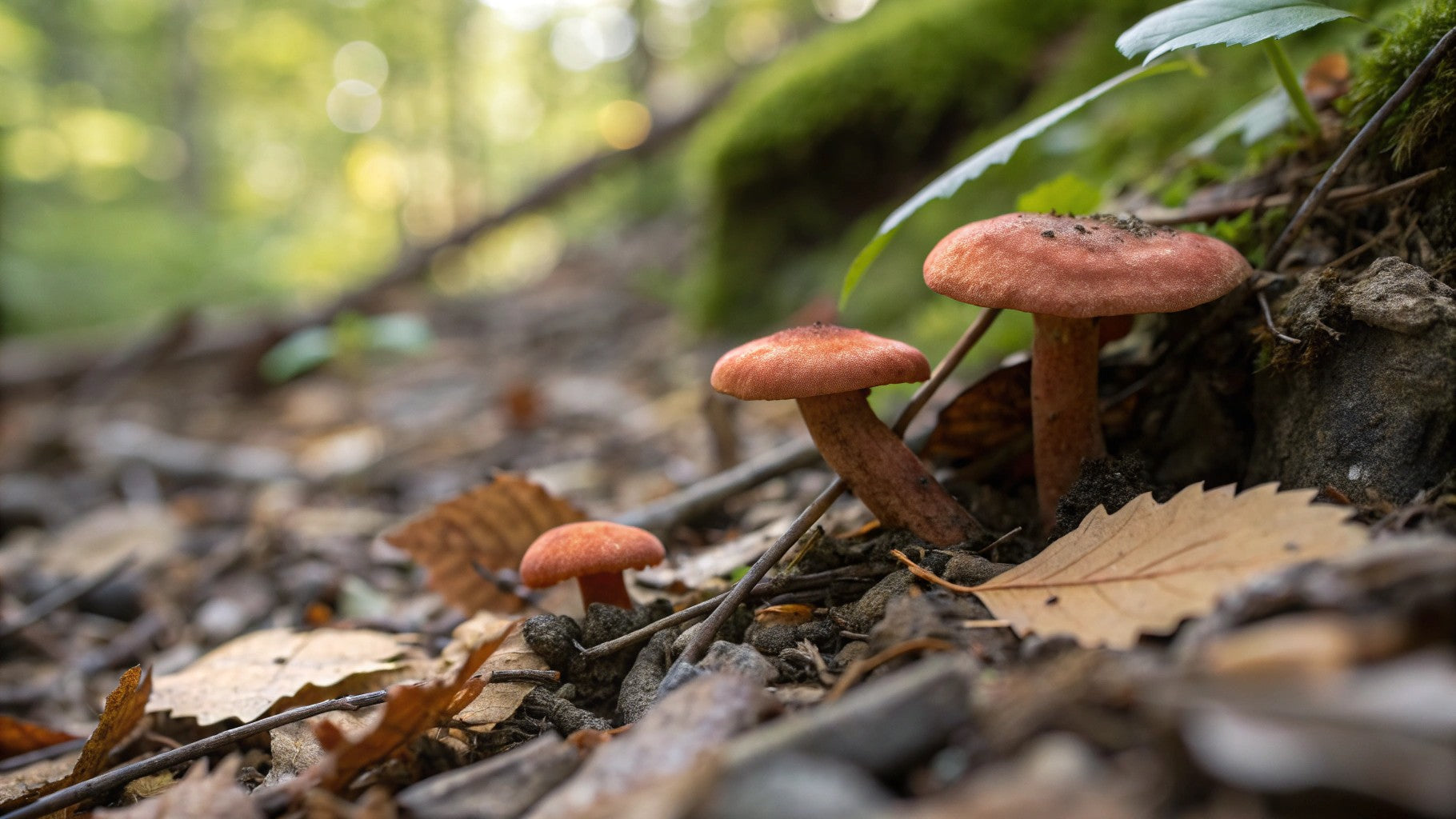
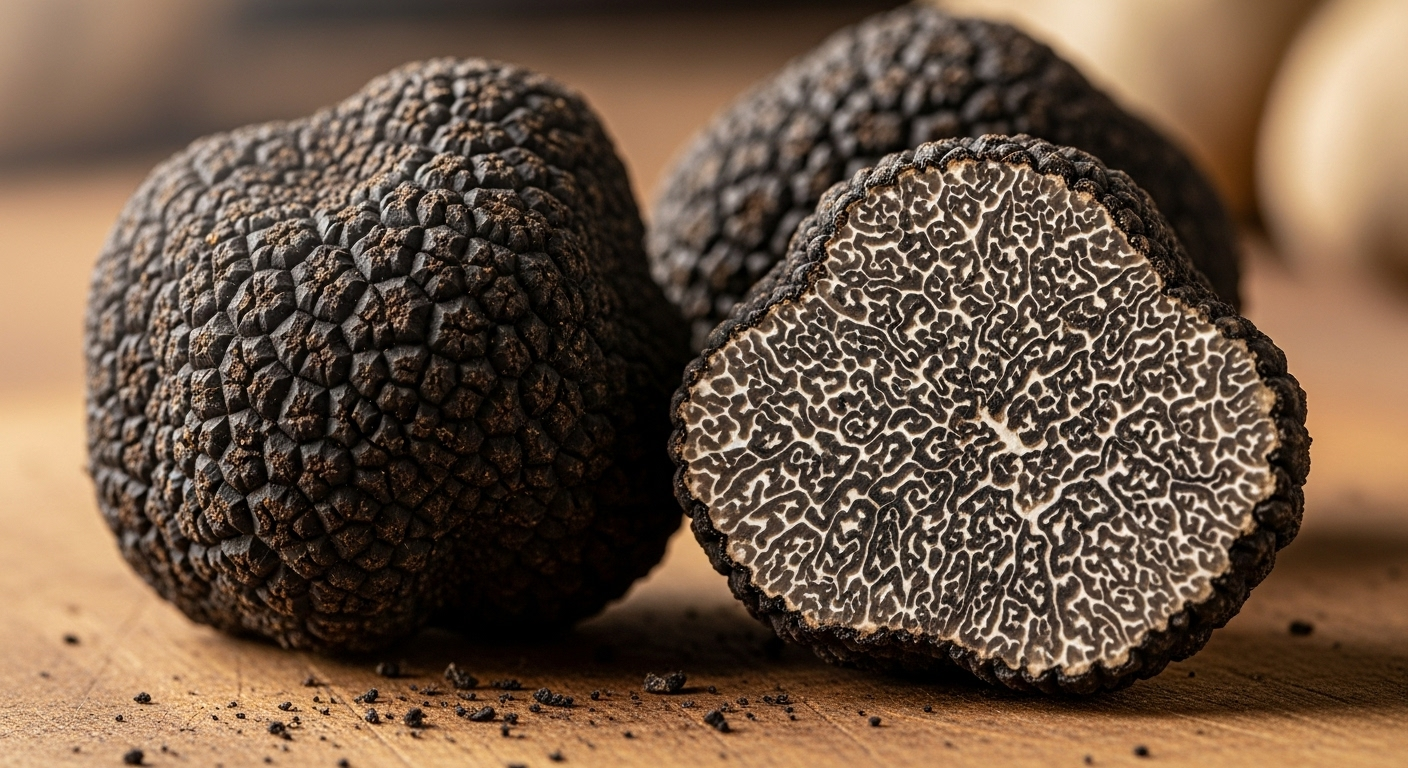
Share:
Morel Mushroom Cultivation: A Complete Beginner’s Guide to Growing Success
Large Morel Mushrooms: A Forager's Delight